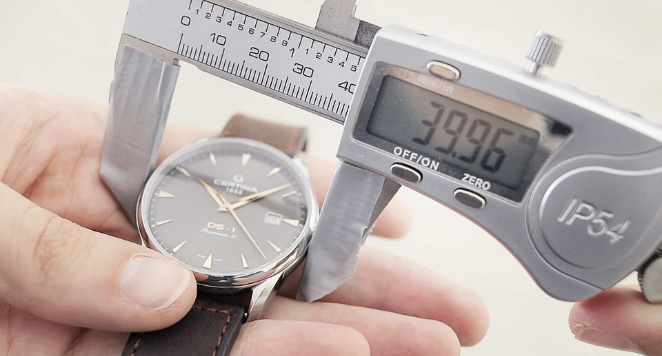Watch case sizes can be tricky to figure out when looking at a new watch. You don’t want your new timepiece to feel bulky or look like it doesn’t fit your wrist. That’s why it’s important to understand watch case sizes and how to measure them.
Fortunately, we are going to dive into that very subject. We are going to cover how to measure watch case size and also look at what exactly a watch case is. Let’s get into it!
What Is A Watch Case?
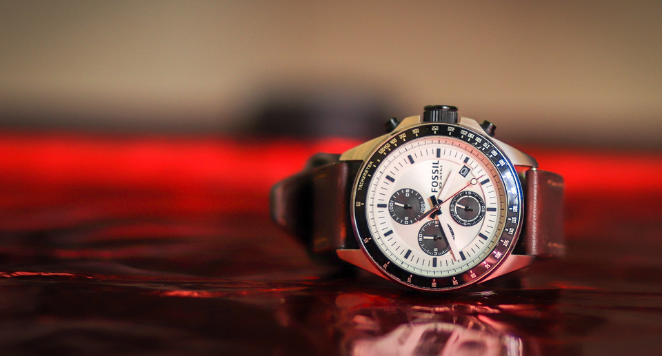
We’re sure most of our readers are watch pros but just in case you aren’t sure, we’re going to look at what watch cases are. The case is the part that contains your watch’s dial and movement.
Cases help protect your watch mechanism from the elements and keep everything running smoothly. They come in a variety of shapes and materials, allowing you to personalise your watch to your taste.
That might mean rocking a square case made of gold or a steel oval watch case; it’s entirely a personal preference. Most watch cases are circular in shape and use stainless steel as their material.
What Is Watch Case Size?
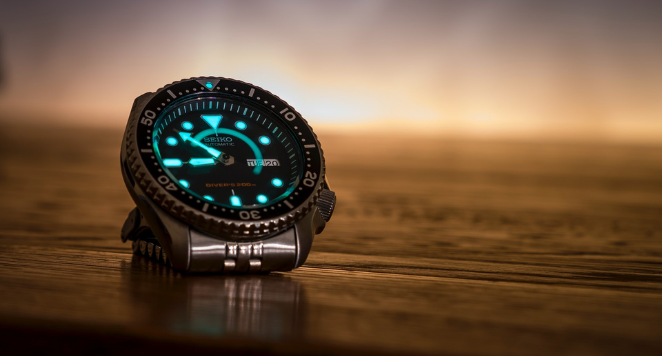
Now that we have a better understanding of what they are, let’s delve into watch case sizes. The case size on a watch differs depending on how the designer feels it should look.
One of the most important factors for many watch owners is the case size. It determines whether they are looking for a large, medium or small size timepiece. Watch cases are generally measured in millimetres from three points. There is the width, height and depth of the case to consider when buying a new watch.
The size of the watch case is one thing but what matters just as much, or even more depending on your taste, is the size of your wrist. If you have a small wrist, wearing a watch with a large case might seem excessive or look out of place.
Equally, someone with a large wrist might avoid wearing watches with small case sizes as it might look like they borrowed their kid’s watch. Wrists are generally measured in circumference and use inches as the measuring guide.
It’s common for wrists to measure between five and eight inches. Someone with a larger wrist might feel more comfortable with watch case diameter sizes around 42mm, while smaller wrists might suit a 36mm diameter.
How To Measure Watch Case Size In mm
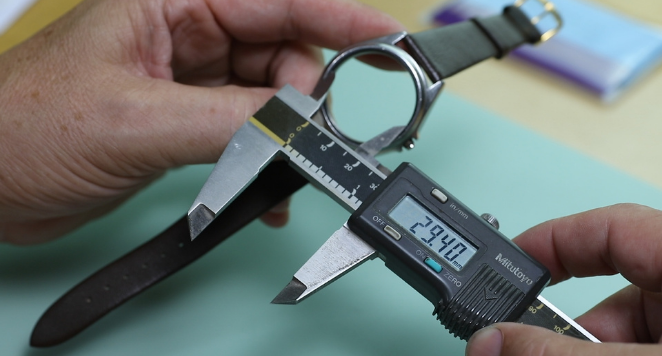
Most of the time, you won’t need to measure the size of your watch case. However, that doesn’t mean you shouldn’t know how. Manufacturers publish the watch case size information when they release the watch but sometimes it can feel a little off. That is because of a few different factors which we will come to later.
The case size on a watch is determined by the three aforementioned measurements, width, height and depth. Watch cases are measured using a tool called a calliper, which uses millimetres.
Let’s look at each measurement in a little more detail. Watch case width is measured from one side of the watch to the other. However, it’s important to measure the case free from the crown or lugs.
Most of the time it’s easier to measure watch width from the 2 to 8 position on a standard watch case. Watch height is measured from the end of the lugs and the depth measures how far off your wrist the watch sits.
Why Some Watch Cases Look Bigger Than Others
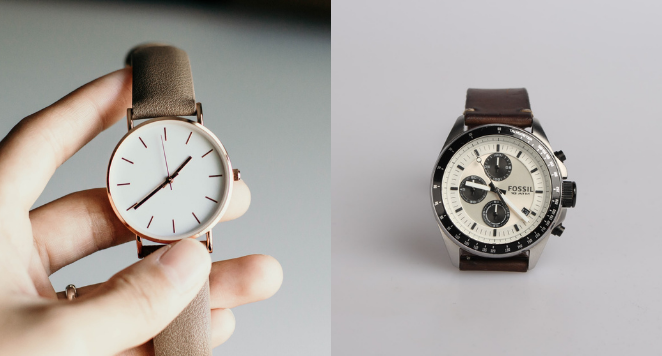
You may have bought yourself a 40mm watch but heard someone say it wears more like a 38mm. This might cause you to think your watch wasn’t measured correctly but that’s not often the case. Of course, now that you know how to measure it yourself you can always double-check.
The reason some watches wear smaller or larger than their stated case sizing is to do with the bezels and the dials. Watch bezels can make a huge difference to how large or small a watch feels.
If two watches with the exact same diameter are put together, but one has a bezel and the other doesn’t, they look different. The watch with the bezel will seem smaller because of its presence. In fact, a larger watch can look smaller than one with less diameter because of the bezel.
The watch dial and hour markers can also make a difference in how large or small a watch appears. Hour marker circle size is measured from the tip of one hour marker to the tip of its opposite. The larger the circle size the larger your watch will appear, even if it’s smaller than others.
Measuring this also requires a calliper but it must be done carefully. The only way to measure the hour marker circle is on the glass but this can scratch the surface.
A watch with hour markers that reach all the way to the edge of the face can seem much larger than one with hour markers well inside the border. Throw in a large bezel and some watches can appear to dwarf others, despite being the same size or sometimes smaller.
Watch Case Size Guide
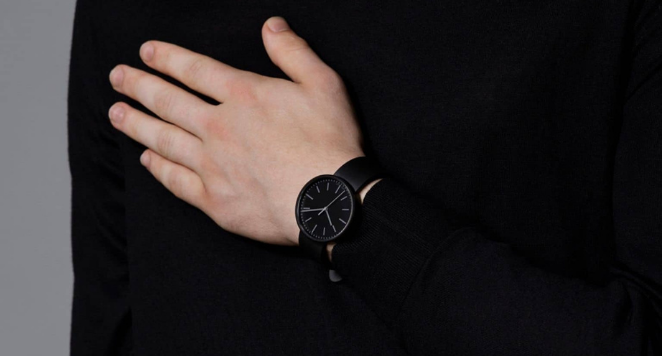
While the watch case size is a great barometer for determining how large a watch will feel on your wrist, it isn’t the only factor. Consider the size of the bezel and how spaced out the hour markers are if you’re looking for your watch to appear large, especially on a smaller wrist.
Now that you know everything about watch case sizes, why not take a look at our range of contemporary watches? Our timepieces are designed in London and use Swiss engineering for optimised performance.
We offer men’s, women’s and unisex watches in a variety of metals and colours. You can personalize your watch further with our extensive choice of watch straps that also come in a multitude of shades and materials.
